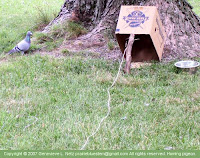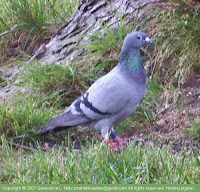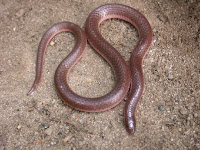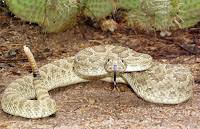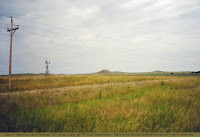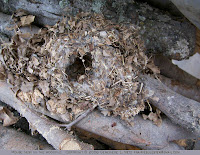A big mountain lion remembered
The following passage is quoted from A History of Muhlenberg County (pp 114-116), written by Otto Arthur Rothert and published in Louisville, KY, by J. P. Morton in 1913. I've divided the paragraphs and added some punctuation and words in brackets to make the passage easier to read on the screen. The Mud River, mentioned in the cougar story, forms the eastern boundary line of Muhlenberg County today.
- - - - - - - - - - - - - - -
Speaking to me of the old days, Judge David J. Fleming said :
I have often heard my father, Samuel C. Fleming, tell of an incident that took place about the year 1815, or shortly after my grandparents settled in the Mud River country.
Ammunition was scarce in those days, but game was plentiful and easily caught. My grandfather, David L. Fleming,had cleared a small field, in which he built a turkey-pen for the purpose of trapping wild turkeys. One day at dinner my grandfather told my father, then a boy of about ten, to go over to the turkey-pen after dinner and see whether any turkeys were in it.
Shortly before supper, [my] father walked over to the pen, but found no turkeys nor any signs. On his return he followed a path through a strip of dense woods. Soon after entering the woods, he heard a noise like a crying child. He glanced around, and seeing nothing, rushed home and told his father, who was then in the blacksmith's shop at work. [My grandfather]... remarked that he had often heard a "child" crying in the woods at night, but never before so early in the evening.
Grandfather picked up his gun and followed the path leading to the turkey-pen. He entered the woods, looked and listened, and after hearing the expected cry, hid himself behind a tree and from there mimicked the slowly approaching beast. When it came within safe shooting distance, he blazed away and killed one of the largest 'Tom' panthers ever seen in Muhlenberg County. The animal measured eleven feet from the end of his nose to the tip of his tail. Although I was not born until about eighteen years later, I remember using this old panther skin for a pallet [a flat bed on the floor].
No panthers have been seen in Muhlenberg since about the close of the Civil War, notwithstanding that even to this day, reports are occasionally circulated that one had been seen, or rather heard, in the Clifty Creek country.
Wolves, too, have long ago disappeared. The desire to exterminate wolves, and incidentally to receive the bounty paid for their scalps, resulted in a war on wolves that lasted as long as there were any to be killed. Anyone producing the head of a wolf before a justice of the peace, stating under oath when and where he killed the animal, was granted a certificate to that effect. These certificates, upon presentation to the sheriff, were paid for at the rate of two dollars and a half for wolves over six months of age and one dollar for those under that age.
- - - - - - - - - - - - - - -
Quoted from A History of Muhlenberg County (pp 114-116), written by Otto Arthur Rothert and published in Louisville, KY, by J. P. Morton in 1913.
 |
| An 1808 wolf-kill certificate, reproduced in A History of Muhlenberg County |












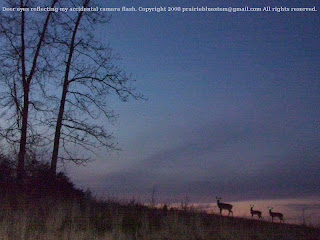

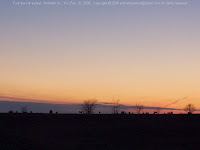
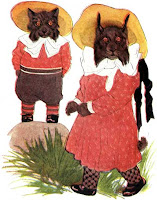
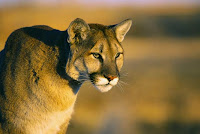

 also known as cougar, panther, or
also known as cougar, panther, or 

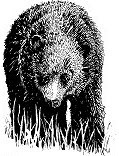
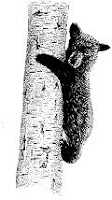 To help learn where Missouri's black bears are from, biologists are setting up bait stations, Barbed wire will snag a few hairs of any bear who ventures in. DNA testing of the hairs will determine the sex of the bears and their relationship to the Arkansas bears.
To help learn where Missouri's black bears are from, biologists are setting up bait stations, Barbed wire will snag a few hairs of any bear who ventures in. DNA testing of the hairs will determine the sex of the bears and their relationship to the Arkansas bears. My parents lived in Hickory County, MO, about 50 miles north of Springfield, from the early 1970's through the mid-1980's. Some of their land was rough, rocky, forested hills, part of a long stretch of mostly rough, mostly tree-covered land that extended for many miles.
My parents lived in Hickory County, MO, about 50 miles north of Springfield, from the early 1970's through the mid-1980's. Some of their land was rough, rocky, forested hills, part of a long stretch of mostly rough, mostly tree-covered land that extended for many miles.
